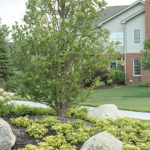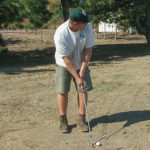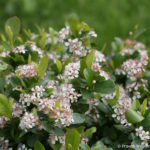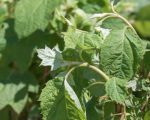Keeping an employee is much easier than finding, hiring, and training new team members. I hear stories regularly from green industry companies about problems retaining good employees. The most popular story is probably, “I had three guys quit this week and go to a competitor for $2 per hour more than I was paying them. I offered them raises but they left anyway.”
People leave jobs for many reasons, however unless the amount is significant, it is rarely for money alone.
Employees
need to feel:
· Informed
· Appreciated
· Necessary
· Challenged
Let’s look at it from the point of view of the employee; what is important to them? Fair pay and competitive benefits? Of course - it is a given that they are working to get paid and make a living. However, the way your team feels about their position can be even more important than compensation.
That’s right, I said “feel”. I know feelings aren’t always the easiest for us to deal with, but they are integral to employee retention.
Informed, appreciated, necessary, and challenged are things that team members want and need to feel from us. The key to this is clear and concise communication starting from the first day if possible.
Information is vital for people to feel good in today’s world. We all have more information at our fingertips than ever before and have grown accustomed to feeling well informed. We tend to fill in the gaps with our own “information” and, as humans, rarely is it positive. We start in the hiring process with a checklist of items that we want to both give to and get from the new team member. Giving your team the information they need is vital to keeping them engaged and positive.

Let’s consider appreciation; compensation is not appreciation. These two things get linked somehow and are truly two different subjects. Compensation is agreed to and earned. Appreciation is beyond that and not necessarily financial. Most times a thank you is sufficient, just letting them know you noticed and appreciate their efforts. Small perks and rewards can also be very effective; we have done things like popsicles on a hot day, $10 cash rewards, paid time off (even an hour), bought lunches, and prepared lunches. There are so many things we can do to show appreciation and the ones that take a little effort are much more effective than those that cost money.
We all want to feel needed. Keeping our team informed and appreciating them will go far in making them feel essential. Also, delegating responsibilities and communicating expectations gives team members a connection to the successes and shortcomings of the company. It’s not all about reward, there is also an element of accountability and solid team members are ready to accept both. This leads to challenging our team.
Challenge leads to opportunity. No one wants to feel stuck, at a dead end, nowhere else to go. People want to be challenged with more responsibility, harder and larger tasks, and to be able to expand and grow their abilities. Raise expectations, increase responsibilities, and provide the resources and conditions to succeed and you will create a challenging environment for any team member. As these increased expectations and responsibilities are achieved, compensation should be adjusted to reflect the increased workload of the team member.
Retaining quality team members is not easy. Consider things from their perspective and keep them engaged and positive through the communication of information, appreciation, and expectations.












































